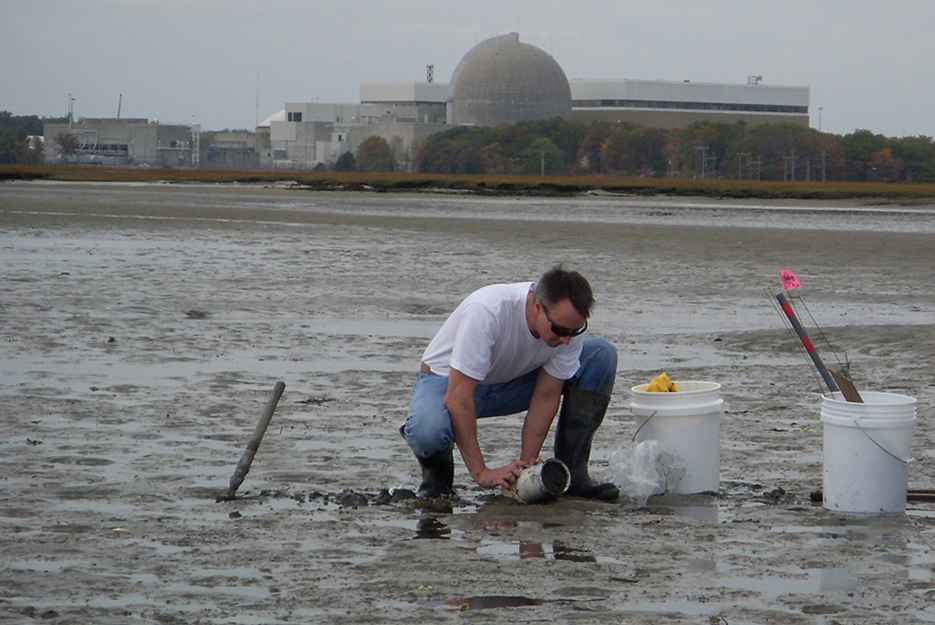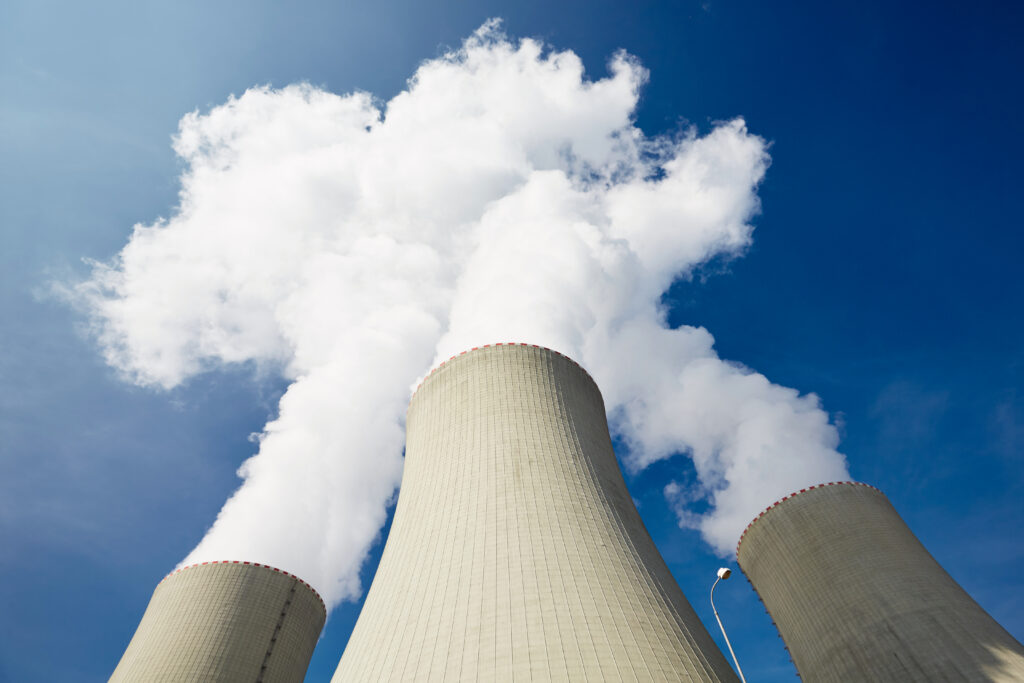Client: NextEra Energy Seabrook LLC
Project Highlights: Normandeau was instrumental in developing a long-term monitoring program and substantially reduced environmental monitoring costs to Seabrook Station.
Services Provided:
- Ecological monitoring studies
- Expert witness testimony
Studies associated with the construction and operation of the 1,244 MW Seabrook Nuclear Generating Station in Seabrook, New Hampshire began in 1969. Before construction and until today, Normandeau has conducted comprehensive ecological studies in the complex, marine-estuarine New Hampshire nearshore ecosystem. Past studies supported various design considerations of the once-through cooling water system, including the final design with cooling water withdrawn and discharged through intake and discharge structures one mile offshore. Our studies have continued over decades in response to preoperational and operational monitoring requirements. Normandeau has also provided extensive expert witness testimony at hearings before the NRC and the USEPA.
Ecological monitoring studies focus on: (1) soft-shell clam populations in the Hampton-Seabrook estuary, especially entrainment of larvae; (2) quantitative description and community analysis of finfish, plankton, benthos, and lobster studies; (3) water quality studies; (4) hydrographic monitoring, especially to support hydrothermal analyses for intake and discharge design and to examine mixing of Hampton estuary water mass with offshore waters; and (5) impingement and entrainment monitoring.
Since Seabrook Station went on line in 1990, Normandeau studies have used state of the art statistical tools to assess the potential impacts of withdrawal of cooling water, including impingement and entrainment (I/E), and the discharge of the thermal plume. A BACI (before-after-control-impact) Analysis of Variance Mixed Model allows both temporal and spatial comparisons through sampling conducted both before and after the plant started operation, and in reference and control areas.
Normandeau has been instrumental in developing a long-term monitoring program for Seabrook Station that reduces or eliminates sampling in habitats and for species that have been clearly demonstrated as having not been affected by the operation of Seabrook Station. Other programs important in assessing direct impacts (I/E) have been improved and special studies have been developed to target specific questions and issues. These changes have substantially reduced environmental monitoring costs to Seabrook Station.



